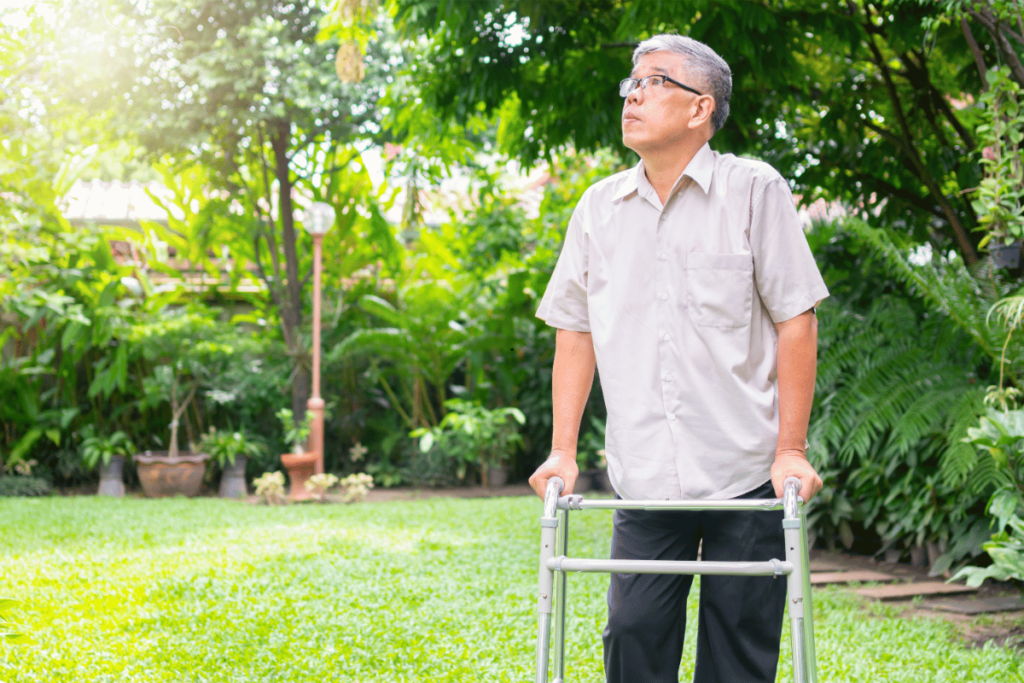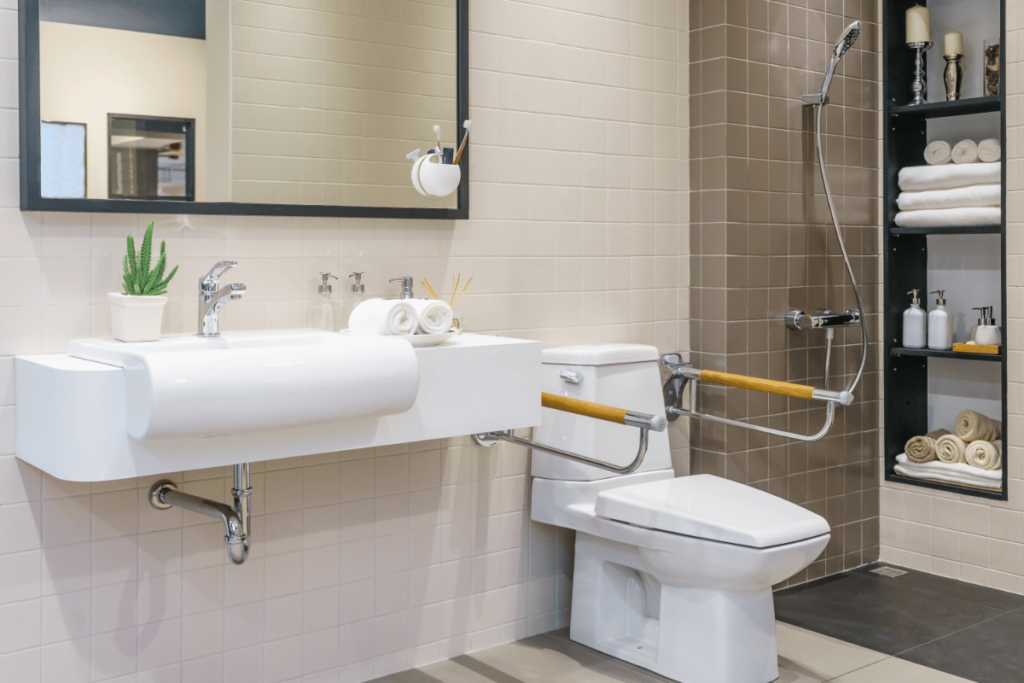Addressing Mobility Issues in the Elderly: Causes, Solutions, and Home Modifications
Mobility issues are a significant concern for the elderly, impacting their ability to perform daily activities and maintain independence. These issues can arise from various factors, including physical, psychological, and environmental influences. Here is a detailed overview based on the provided sources:
Prevalence and Causes of Mobility Issues
- Prevalence:
- Mobility limitations are common among older adults, with prevalence rates ranging from 22.5% to 46.5% in developed countries.
- Approximately 35% of individuals aged 70 and the majority of those over 85 experience mobility limitations.
- Studies indicate a high prevalence of mobility limitations, with rates between 58.1% and 93.2% among the elderly.
- Causes:
- Physical Factors: Muscle weakness, joint problems, pain, and chronic diseases such as arthritis and cardiovascular conditions are primary contributors to mobility issues.
- Psychological Factors: Fear of falling, depression, and cognitive decline can exacerbate mobility problems.
- Environmental Factors: Poor home design, lack of accessibility features, and unsafe outdoor environments can hinder mobility.
Impact of Mobility Issues
- Health Outcomes:
- Mobility limitations increase the risk of falls, which can lead to serious injuries, hospitalization, and even death.
- Reduced mobility is associated with higher healthcare costs, increased use of medical services, and decreased quality of life.
- Mobility issues can lead to a decline in physical and mental health, contributing to conditions such as depression and social isolation.
- Daily Living:
- Difficulty in performing activities of daily living (ADLs) such as climbing stairs, walking, and getting in and out of chairs is common among those with mobility issues.
- Mobility limitations can lead to a loss of independence, requiring assistance from caregivers or the use of mobility aids like walkers and wheelchairs.
Addressing Mobility Issues
- Home Modifications:
- Making homes safer and more accessible is crucial for aging in place. This includes installing grab bars, ramps, stairlifts, and non-slip flooring.
- Modifications should be tailored to individual needs, ensuring that homes are both functional and aesthetically pleasing.
- Exercise and Physical Therapy:
- Regular exercise can help maintain muscle strength, flexibility, and balance, reducing the risk of mobility issues.
- Physical therapy can address specific mobility problems and improve overall physical function.
- Assistive Technology:
- Smart home devices, medical alert systems, and other assistive technologies can enhance safety and independence for older adults.
- Healthcare Interventions:
- Regular medical check-ups, medication reviews, and management of chronic conditions are essential to prevent and address mobility issues.

Mobility Issues and The Need for a Suitable Accommodation Set Up
As people age, mobility issues often arise, making it difficult for them to navigate stairs. This can necessitate the construction of ground-floor accommodations to ensure safety and ease of movement. Here are some key points regarding this need and its prevalence:
When Ground-Floor Accommodation is Needed
- Mobility Issues: As individuals age, they may develop conditions such as arthritis, osteoporosis, or general frailty, which can make climbing stairs challenging and dangerous. In such cases, moving essential living spaces to the ground floor can prevent falls and injuries.
- Health Conditions: Specific health conditions, such as cardiovascular diseases, respiratory issues, or recovery from surgeries, can limit an older adult’s ability to climb stairs. Ground-floor accommodations can provide easier access to necessary facilities like bathrooms and bedrooms.
- Use of Mobility Aids: For seniors who use wheelchairs, walkers, or other mobility aids, stairs can be a significant barrier. Ground-floor living spaces eliminate the need for these individuals to navigate stairs, enhancing their independence and safety.
Prevalence and Commonality
- High Demand for Aging in Place: A significant majority of older adults prefer to age in place, meaning they wish to remain in their own homes rather than move to assisted living facilities. This preference drives the need for home modifications, including ground-floor accommodations.
- Common Modifications: It is common for homes to be modified to include ground-floor bedrooms and bathrooms. These modifications are often part of broader efforts to make homes more accessible and safer for aging individuals. This can include installing ramps, stairlifts, and grab bars, as well as widening doorways and hallways.
- Statistical Evidence: Studies and surveys indicate that a significant portion of older adults live in homes that are not initially designed for aging in place. For example, only 10% of U.S. homes are considered “aging ready,” highlighting the need for modifications. Additionally, many older adults live in single-level homes or have made modifications to ensure that essential living spaces are accessible without using stairs.
Building ground-floor accommodations for older adults is a common and often necessary modification to ensure their safety and independence as they age. This need arises primarily due to mobility issues and health conditions that make climbing stairs difficult. Given the strong preference among older adults to age in place, such modifications are increasingly prevalent and essential.

At What Age Do Home Mobility Issues Commonly Arise in the Elderly?
The average age at which climbing stairs becomes difficult for many individuals is around 60 years old. This is supported by multiple studies and surveys:
- Total Fitness Study: Research commissioned by Total Fitness found that many people begin to struggle with activities such as climbing stairs around the age of 60. The study highlighted that 28% of individuals over 65 who do little to no exercise find activities like walking and climbing stairs challenging.
- General Findings: Other sources corroborate this finding, indicating that mobility issues, including difficulty with stairs, become more prevalent as people enter their 60s. This is often due to a combination of factors such as reduced physical activity, chronic conditions like arthritis, and general muscle weakness
- Health and Fitness Impact: Regular exercise can significantly delay the onset of these difficulties. For instance, only 7% of those over 65 who exercise more than three times a week report difficulty with stairs, compared to 28% of those who do not exercise regularly.
While the exact age can vary depending on individual health and activity levels, it is common and expected for many people to start experiencing difficulty with stairs around the age of 60.
Conclusion
Mobility issues in the elderly are a multifaceted problem influenced by physical, psychological, and environmental factors. Addressing these issues requires a comprehensive approach, including home modifications, regular exercise, assistive technology, and proactive healthcare interventions. By understanding and mitigating the factors that contribute to mobility limitations, we can improve the quality of life and independence of older adults.







